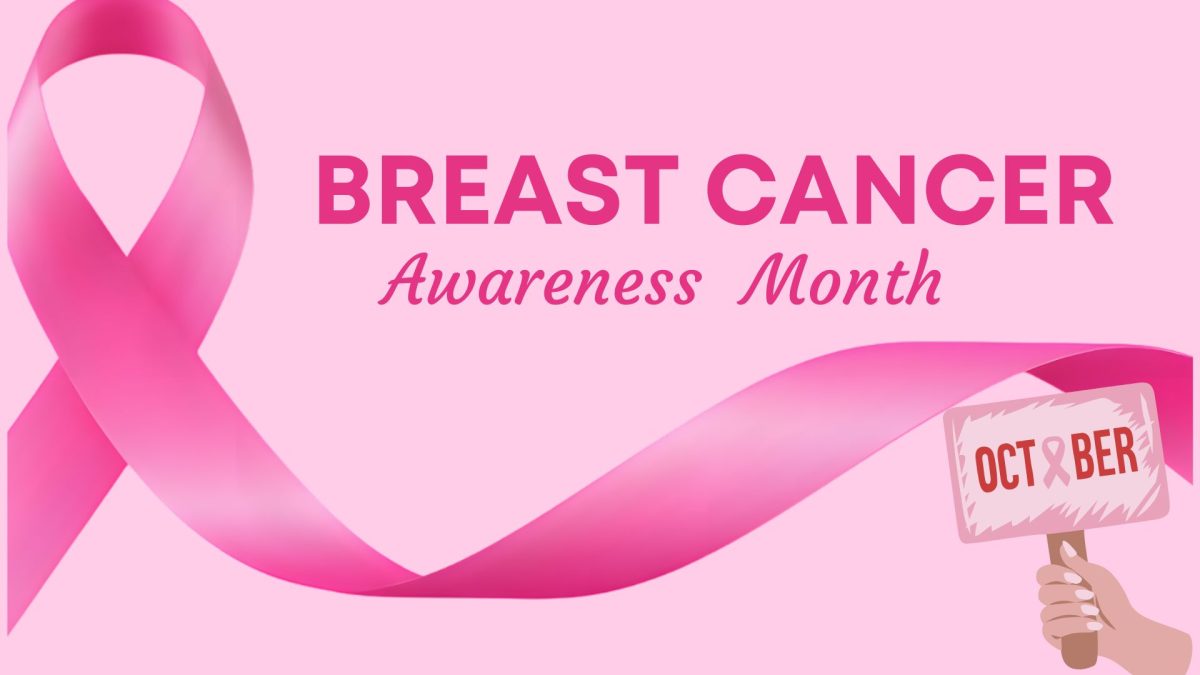As part of American culture, tanning beds seem like the norm for any special occasion. Reality TV stars even stress the importance of tanning on a daily basis, which becomes an influence on teenagers today.
Many people don’t understand the dangers of tanning beds because the media portrays it as a desired look.
Tans are caused by ultraviolet radiation from the sun or tanning lamps. UV radiation damages skin cells which can lead to premature wrinkles and skin cancer.
A recent epidemic in melanoma diagnoses, a dangerous type of skin cancer, has spiked in young women. Indoor tanning can raise a person’s risk for melanoma by 75% because the lamps deliver up to 12 times more UV rays than the sun.
“Tanning beds might as well be coffins,” said Meg Cassidy, writer for Women’s Health.
Within a few minutes of laying out, melanocytes appear to protect your skin from the sun. Those melanocytes are brown which is an indicator that your DNA is damaged and your cells are repairing.
At the same time, endorphins start to release through your body while tanning. This replicates the same feeling as a “runner’s high.” That great feeling you get from tanning can become addicting, just like that high.
After a few hours or days, your body starts to repair damage done to the skin and replicate cells. An error in replication can become a mutation in melanocytes which leads to melanoma.
Many have been misinformed about getting a base before a tan, but any level of tan means damage has been done to layers in your skin. A base won’t help protect against that damage.
“Experts have long agreed that no tan is good for you,” said Sarah Siddons, a writer for Discovery Health.
“I think tanning is gross and I just think of Final Destination,” said Danielle Timmerman, a junior at SJHHS.
Instead of tanning beds, sunless tanning lotions give the same effect as a tanning lamp without the possibility of skin cancer.
Leave the tan look to the cast of Jersey Shore and the Real Housewives and opt for a safer alternative that doesn’t leave you with regrets.
Many people don’t understand the dangers of tanning beds because the media portrays it as a desired look.
Tans are caused by ultraviolet radiation from the sun or tanning lamps. UV radiation damages skin cells which can lead to premature wrinkles and skin cancer.
A recent epidemic in melanoma diagnoses, a dangerous type of skin cancer, has spiked in young women. Indoor tanning can raise a person’s risk for melanoma by 75% because the lamps deliver up to 12 times more UV rays than the sun.
“Tanning beds might as well be coffins,” said Meg Cassidy, writer for Women’s Health.
Within a few minutes of laying out, melanocytes appear to protect your skin from the sun. Those melanocytes are brown which is an indicator that your DNA is damaged and your cells are repairing.
At the same time, endorphins start to release through your body while tanning. This replicates the same feeling as a “runner’s high.” That great feeling you get from tanning can become addicting, just like that high.
After a few hours or days, your body starts to repair damage done to the skin and replicate cells. An error in replication can become a mutation in melanocytes which leads to melanoma.
Many have been misinformed about getting a base before a tan, but any level of tan means damage has been done to layers in your skin. A base won’t help protect against that damage.
“Experts have long agreed that no tan is good for you,” said Sarah Siddons, a writer for Discovery Health.
“I think tanning is gross and I just think of Final Destination,” said Danielle Timmerman, a junior at SJHHS.
Instead of tanning beds, sunless tanning lotions give the same effect as a tanning lamp without the possibility of skin cancer.
Leave the tan look to the cast of Jersey Shore and the Real Housewives and opt for a safer alternative that doesn’t leave you with regrets.






